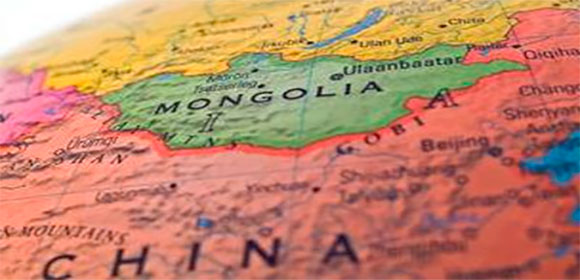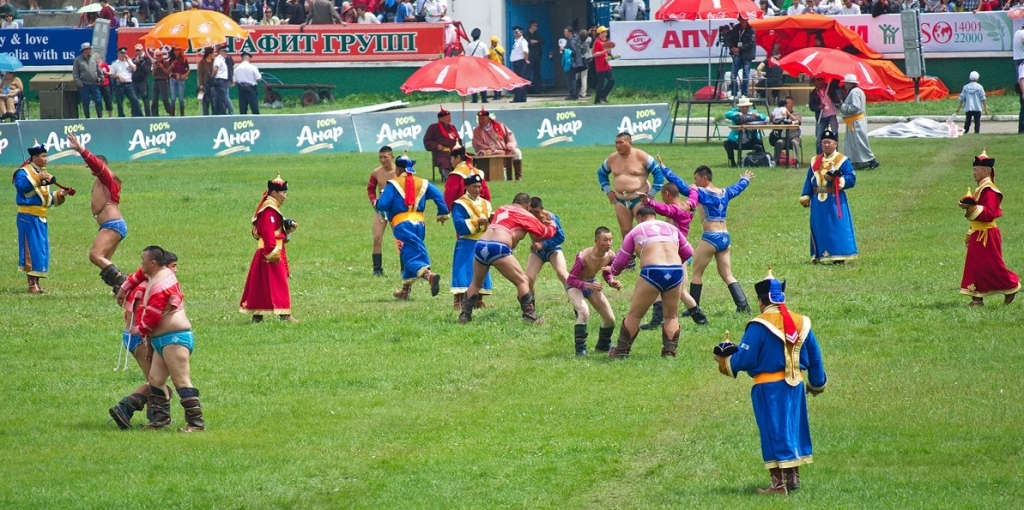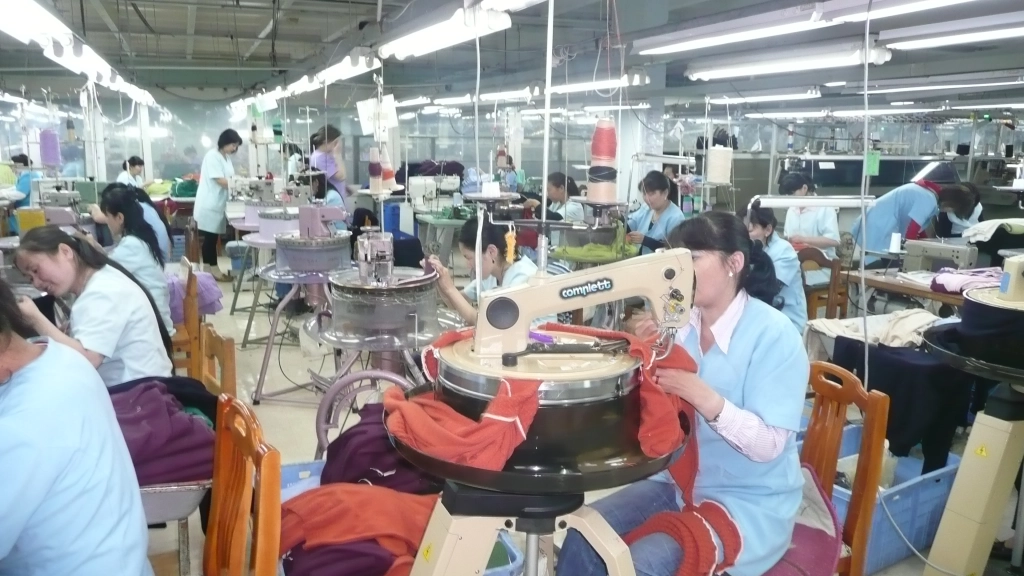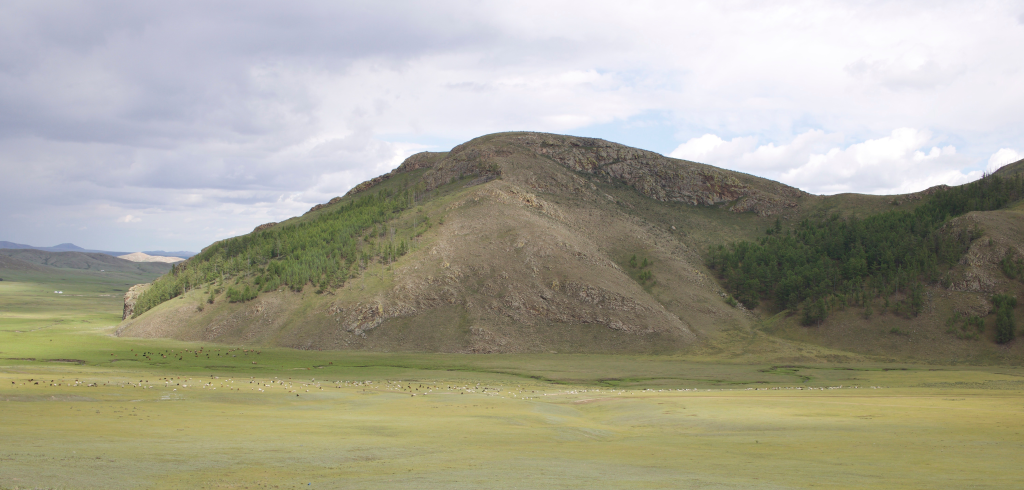This is Part 1 of a two part series on the Belt and Road Initiative and how it affects Mongolia. Part 1 looks at what the BRI is and its current status in Mongolia. Part 2 looks at the reactions to it in Mongolia, and whether there’s anything to be done.
Part I
Raise your hand if you’ve heard about the Belt and Road Initiative. Now keep your hands raised if you know what it actually is. Now, keep your hands raised if you know what’s the current status, and how it is being carried forward. Now, keep them up if you can tell with any degree of certainty how it is going to affect our motherland, Mongolia.
OK, smarty-pants Nemuun, you can go. But the rest of you should stay because the potential implications of the Belt and Road Initiative (BRI) are large, and could have influence over at least the next few generations of Mongolians and Mongolian political economy.
What is Belt and Road?
The Belt and Road Initiative, formerly known as One Belt and One Road (OBOR) until the publicists that be decided it was too aggressive a name, is a multi-country infrastructure drive to create infrastructure which would eventually support trade between 70 countries. The “Belt” aspect of it alludes to land route that would link mainland China with Europe, and the “Road” is the network of maritime routes connecting Asia to the Indian Ocean, and on into the Middle East, North Africa, and you guessed in Europe (think the Silk Road).
If successfully completed, BRI would encompass more than 60 percent of the world’s population, make up 35 percent of the world trade, and equal 30 percent of global GDP. That is huge, and the Mongolian motherland would be in the middle of all of this to reap some of the benefits.
Of course, there are very valid concerns that BRI may not even get off the ground, and if it did, would splutter and ultimately fail, with disastrous consequences. After all, BRI financing means that countries are gorging themselves on 30-40 years of debt to build the infrastructure before trade can commence. But there are signs that the BRI is taking off, and the infrastructure support it gives is necessary for any real international development to take place. In short, concerns about BRI will crest and trough. Thus, this article considers what may occur if BRI is successful.
What is BRI doing in Mongolia?
One of the six corridors of BRI is the link between China to Russia through Mongolia. This “Belt” aspect of BRI is in severe need of transport infrastructure and communications support, and Mongolia is and always has been in a strategic location between the two giants.
Intro the “steppe route” program, which plans the construction of road links between China and Russia, and will attempt to develop a power grid. Aptly called the China-Mongolia-Russia corridor, the plan calls for two free trade zones – one in Gashuun Sukhait on the border between Mongolia and China, and the other in Altanboulag on the border between Mongolia and Russia.

For the Mongolian government, in an ideal world, this corridor would help support the boom of the agricultural industry and ecotourism.
BUT where is the money for all this going to come from?
Glad you asked, Nemuun (I thought you left). In September 2017, the Industrial Commercial Bank of China (ICBC) opened an office in Ulaanbaatar. Later that month, an association of 33 Chinese and Mongolian financial institutions were inaugurated in Hohhot, Inner Mongolia, China.
The main idea of the ICBC office and the association is to share the financial risk of the investment going into the corridor and to facilitate cross-border operations. Along with this, Mongolia and China have also implemented a currency swap (which is when two parties exchange the principal amount of a loan and interest rates in one currency for another currency – in this case, Chinese Renminbi and Mongolian Tugrik). The Chinese are also offering preferential loans to Mongolia through the Silk Road Fund, and the Asian Infrastructure Investment Bank (AIIB), of which Mongolia is a founding member.
In order to promote trade, the border trade zones described above were created, and Mongolia was given access to Tianjin, a major northern Chinese port city.






Leave a comment